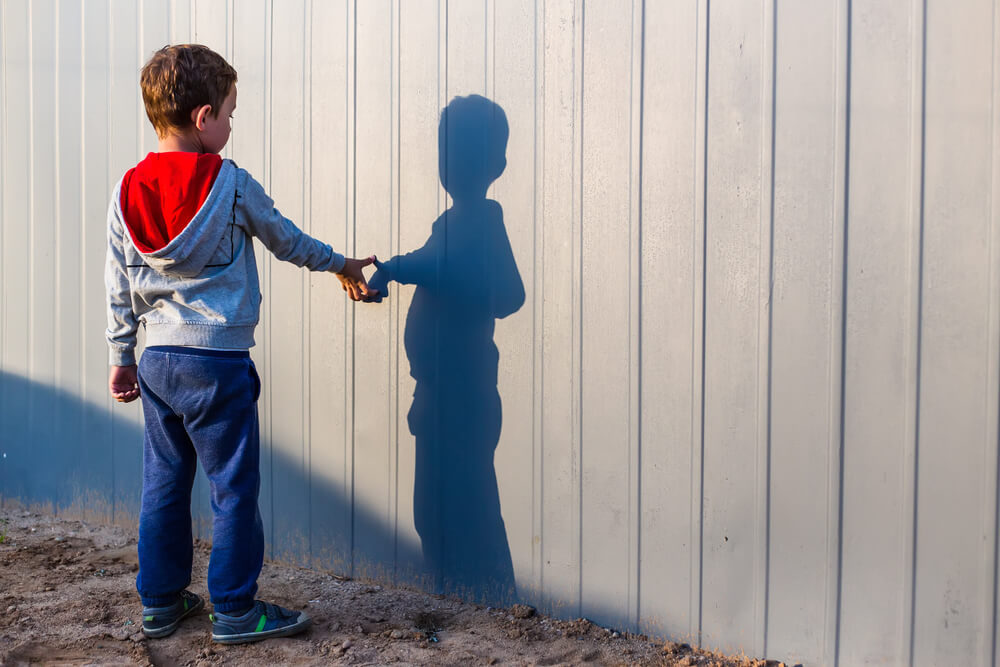Across the United States, thousands of children are diagnosed with a variety of different behavioral disorders. These disorders are often relatively common and can impact a child’s daily life, up to and including their social development, mental and physical health, and performance in school. While these disorders can be relatively severe and negatively impact the child; with treatment, they are manageable and often resolve over time.
Unfortunately, it can be somewhat tricky to diagnose a behavioral disorder in a child as they can: have comorbid mental health disorders, be triggered by environmental factors, or be the product of a stressful time in a child’s life. Problematic behaviors exhibited by affected children can also overlap with other disorders. This can often lengthen the amount of time it takes for a professional to diagnose the exact issue and obtain treatment once diagnosed.
See below for the most common childhood behavioral disorders, their symptoms, risk factors, and how they are treated. Keep in mind that these disorders will require a professional diagnosis which can take several months of behavioral analysis and therapy.
Oppositional Defiant Disorder
This disorder is thought to affect approximately 10% of all children under the age of twelve years old, with boys typically outnumbering girls twice as often. While it should be noted that all children can struggle with behavioral issues from time to time, this particular child behavioral disorder is often marked with excessive, ongoing aggression toward authority and any figure presumed to be in power. Typically, the DSM-5 criteria for a diagnosis of the oppositional defiant disorder requires a child to have exhibited some or all of these emotional and behavioral symptoms over the course of the last six months:
- Easily angers, often loses temper, or is easily frustrated by others
- Often argues with adults or other individuals in authority (refuses to comply with their requests or rules)
- Deliberately upsets or annoys other individuals
- Blames other individuals for their behavior
- Exhibits vindictive or spiteful behavior at least twice within a six-month period
These are a few of the examples of behavior exhibited with this childhood behavioral disorder. In many cases, this disorder is accompanied by another behavioral or mental health disorder, such as attention-deficit hyperactivity disorder, conduct disorder, depression, or anxiety. An isolated case may present itself in only some settings, such as at school or at home, or may cause children to act out in many different settings.

Conduct Disorder
This particular childhood behavior disorder is very similar to oppositional defiant disorder. However, it is more heavily characterized by excessive aggression and potential outbursts that include hitting, biting, pushing, and/or bullying others. Additionally, these children often exhibit what appears to be blatant disregard for others. If untreated, many children whose conduct disorder goes untreated may develop into anti-social adults.
Typically speaking, this anger, aggression, and violence can be extremely detrimental to children’s daily lives and keep them from performing well in school. It may also cause them to become socially isolated and potentially lead to harmful behaviors later in life, including theft or arson. This is why it’s especially important to treat this condition when your child is young. Factors that contribute to the development of this disorder are wide and varied. Causative factors may include mental health issues, family issues, environmental impacts, significant stress and trauma, and other genetic risk factors.
In many cases, this disorder is often diagnosed along with a variety of other mental, physical, and emotional conditions. There are a variety of treatment options that can be taken to ensure successful treatment. Parents may need to have their child evaluated by the doctor to get a successful diagnosis.
Attention-Deficit Disorder, Hyperactivity, and Inattentiveness
This childhood disorder, which in some cases, can continue on well into adulthood, is better known as ADD (inattentive type) or ADHD (hyperactivity type) and is one of the most commonly diagnosed childhood behavioral disorders. It is important to keep in mind that ADD is often over-diagnosed as parents may not be equipped to deal with their child’s regular activity levels. Parents should speak with their doctor prior to requesting a diagnosis to determine a baseline of normal expectations of their child in direct comparison to a child who has ADD.
The following symptoms are most commonly associated with childhood attention-deficit disorder, according to the DSM-5:
- Frequent daydreaming
- Forgetfulness or easily losing important items
- Inability to stay still or be quiet for extended periods of time
- Difficulty taking turns or resisting temptation
- Issues getting along with others
Unable to stay on task after receiving simple directions
There are three types of attention-deficit disorders. The first includes those who are primarily inattentive (ADD). The second includes those who are primarily hyperactive and have difficulties controlling impulsiveness (ADHD). The third is a combination of the two (ADHD combined). It’s important to note that the symptoms, presentation, and diagnosis of these disorders may change over time. Children who are diagnosed with primarily hyperactive-impulse ADHD may see their diagnosis change, as they age, toward primarily inattentive ADD.
Many children who are diagnosed with ADD may find that they grow out of it as they begin to learn to control their emotions. However, it’s hard to determine what factors may cause ADHD. Research has suggested that children diagnosed with ADD may have developed this behavioral disorder due to genetics, pregnancy-related issues, potential brain injury, and/or developmental problems. Moreover, children who have ADD are more likely to be diagnosed with comorbid issues including anxiety and depression.

Treating Childhood Behavioral Disorders
When a child receives a diagnosis of any of the above disorders, your doctor will work with you to create a treatment plan that will be most effective for your child. In most cases, there will be multiple forms of treatment ongoing at the same time. As these common disorders overlap in symptomatic presentation, treatment options are usually similar for each disorder and may include the following:
- Behavioral therapy: This can include anger management, family therapy sessions, positive feedback and encouragement, and social therapy including teaching children specifically how to interact and play cooperatively with others.
- Parental education and training sessions: These sessions help coach parents on how to properly address, react to, and manage their children during potential outbursts. This can be especially beneficial for children with oppositional defiant disorder or conduct disorder but it may also be helpful with children struggling with ADHD.
- Support for learning how to handle additional associated problems: This can help for things like learning disabilities or social anxiety.
- Medication: This can be used for behavioral management.
While these problem behaviors can be difficult, tiring, and stressful, parents should keep in mind that with proper treatment and support, children often grow out of these disorders. If you are concerned with behaviors presented by your child or want more information on any of the above disorders, contact us at the Worldwide Pediatrics Group. We will be happy to provide you with more information. Proper diagnosis and treatment may take time but can be ultimately beneficial to your child’s development and well-being.



